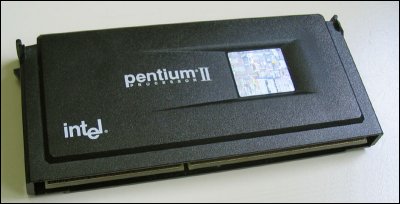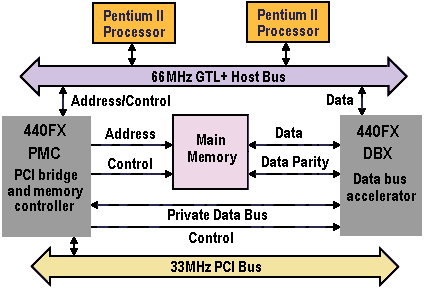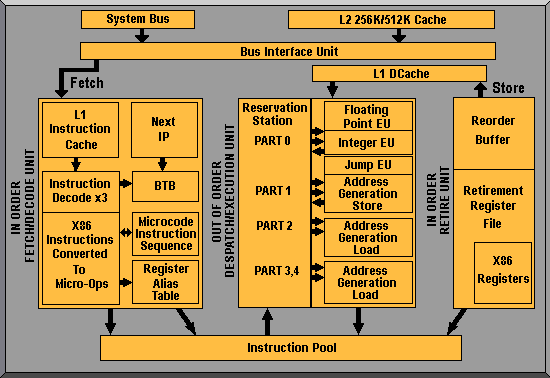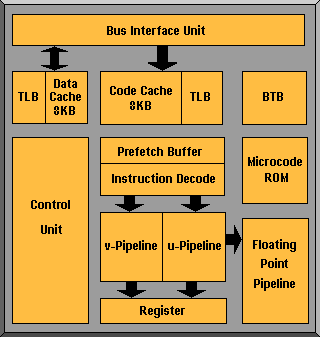It had been Intel's original intention to introduce the Tualatin processor core long before it actually did, as a logical progression of the Pentium III family that would - as a consequence of its finer process technology - allow higher … [Read more...]
Pentium III
Intel's successor to the Pentium II, formerly codenamed Katmai, came to market in the spring of 1999. With the introduction of the MMX came the process called Single Instruction Multiple Data (SIMD). This enabled one … [Read more...]
Pentium Xeon
In June 1998 Intel introduced its Pentium II Xeon processor, rated at 400MHz. Technically, Xeon represented a combination of Pentium Pro and Pentium II technology and was designed to offer outstanding performance in critical applications … [Read more...]
Pentium “Deschutes”
A 333MHz incarnation of the Pentium II, codenamed Deschutes after a river that runs through Oregon, was announced at the start of 1998, with 400MHz and higher clock speeds planned for later in the year. The name Deschutes actually refers to two … [Read more...]
Pentium SEC
The Pentium II's Single Edge Contact cartridge technology allows the core and L2 cache to be fully enclosed in a plastic and metal cartridge. These sub-components are surface mounted directly to a substrate inside the cartridge to enable … [Read more...]
Pentium II
Launched in mid-1997, the Pentium II introduced a number of major changes to the processing end of the PC: First, the chip itself and the system's Level 2 cache are connected by a dedicated bus which can run simultaneously with the … [Read more...]
Pentium MMX Technology
Intel’s P55C MMX processor with MultiMedia eXtensions was launched at the beginning of 1997. It represented the most significant change to the basic architecture of the PC processor for ten years and provided three main enhancements: the … [Read more...]
Pentium Pro
Intel's Pentium Pro, which was launched at the end of 1995 with a CPU core consisting of 5.5 million transistors and 15.5 million transistors in the Level 2 cache, was initially aimed at the server and high-end workstation markets. It is a … [Read more...]
Pentium Architecture
The Pentium's CISC-based architecture represented a leap forward from that of the 486. The 120MHz and above versions have over 3.3 million transistors, fabricated on a 0.35-micron process. Internally, the processor uses a 32-bit bus but … [Read more...]



